Your basket is currently empty!
Birth of Alexander the Great
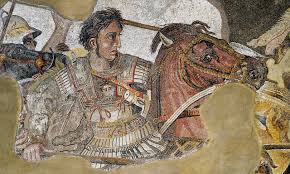
On July 20th, 356 BC, one of history’s most influential figures, Alexander the Great, was born in Pella, the capital of the ancient kingdom of Macedon. His father was King Philip II, a brilliant military strategist who laid the groundwork for his son’s future conquests. From a young age, Alexander displayed extraordinary intelligence and leadership qualities, receiving tutelage from the renowned philosopher Aristotle. His birth was reportedly accompanied by various omens, foreshadowing his eventual rise to power. He inherited a well-trained army and an ambition that knew no bounds. Alexander would go on to create one of the largest empires of the ancient world, stretching from Greece to India. His campaigns fundamentally reshaped the Hellenistic world, spreading Greek culture and influence across vast territories. Even today, his military tactics and political acumen are studied and admired.
Scottish Explorer Alexander Mackenzie Reaches the Pacific Ocean
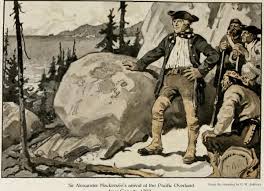
On July 20th, 1793, Alexander Mackenzie, a Scottish explorer working for the North West Company, successfully completed the first recorded transcontinental crossing of North America north of Mexico. His arduous journey culminated in reaching the Pacific Ocean at what is now Bella Coola, British Columbia. This incredible feat established a crucial passage for the fur trade and significantly expanded European knowledge of North America’s geography. Mackenzie famously inscribed “Alex Mackenzie, from Canada, by land, 22nd July 1793” on a rock, although the actual date of reaching the coast was the 20th. His expedition, though often overlooked, was a monumental achievement in the history of exploration. It demonstrated the immense challenges of navigating the continent’s rugged terrain and dense forests. Mackenzie’s efforts contributed significantly to the mapping of Canada and the understanding of its vast wilderness. This journey pre-dated the more famous Lewis and Clark expedition by over a decade.
Sioux Leader Sitting Bull Surrenders to US Troops
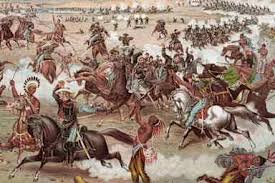
On July 20th, 1881, Sitting Bull, the revered Hunkpapa Lakota leader, surrendered to U.S. troops at Fort Buford in Dakota Territory. He had been living in exile in Canada for several years following the Battle of Little Bighorn, where his forces decisively defeated Custer’s Seventh Cavalry. Facing starvation and dwindling resources, Sitting Bull made the difficult decision to return to the United States with his followers. His surrender marked a poignant moment in the history of Native American resistance against westward expansion. Despite his legendary status, he was held as a prisoner of war for two years after his surrender. This event symbolized the increasing pressure on indigenous populations and the diminishing hopes for their independent way of life. Sitting Bull’s legacy as a powerful spiritual and political leader remains strong.
Attempt to Assassinate Adolf Hitler (20 July Plot)
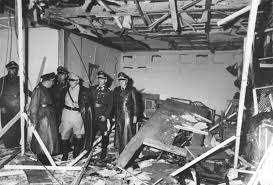
On July 20th, 1944, a group of German military officers, led by Colonel Claus von Stauffenberg, attempted to assassinate Adolf Hitler in what became known as the 20 July Plot. The conspirators aimed to overthrow the Nazi regime, believing that Hitler’s continued leadership would lead Germany to complete destruction. Stauffenberg placed a briefcase bomb near Hitler during a meeting at the Wolf’s Lair, Hitler’s Eastern Front headquarters. Miraculously, Hitler survived the explosion with only minor injuries, largely due to a heavy oak table shielding him from the blast. The failure of the plot led to brutal reprisals by the Gestapo, with thousands of suspected conspirators and their families arrested and executed. This brave, albeit unsuccessful, attempt highlighted the existence of internal German resistance against the tyranny of the Third Reich. It remains a testament to the moral courage of those who risked everything to defy a brutal dictatorship.
Viking 1 Lands on Mars
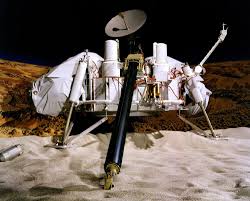
On July 20th, 1976, NASA’s Viking 1 lander successfully touched down on the surface of Mars, marking the first successful American mission to land a spacecraft on the Red Planet. This groundbreaking achievement was a monumental step in humanity’s exploration of our solar system. The Viking 1 mission was designed to search for signs of life and conduct extensive scientific experiments. Within hours of landing, it transmitted the first high-resolution color images of the Martian surface, revealing a desolate yet fascinating landscape. The lander operated for over six years, providing invaluable data about Mars’s atmosphere, geology, and potential for past or present life. This mission significantly advanced our understanding of Mars and laid the groundwork for future robotic explorations. Viking 1’s success paved the way for subsequent missions, expanding our knowledge of our planetary neighbor.
Aurora, Colorado Movie Theater Shooting

On July 20th, 2012, a tragic mass shooting occurred at a movie theater in Aurora, Colorado, during a midnight screening of the film The Dark Knight Rises. The perpetrator, James Holmes, opened fire on the unsuspecting audience, killing 12 people and injuring 70 others. This horrific event sent shockwaves across the United States and reignited debates about gun control and mental health. The quick response of emergency services undoubtedly saved many lives, but the sheer scale of the tragedy left an indelible mark on the community. Victims and their families faced a long and painful road to recovery, grappling with physical and emotional scars. The Aurora shooting remains a somber reminder of the devastating impact of gun violence on communities. It prompted ongoing discussions about safety measures in public spaces and the need for comprehensive approaches to prevent similar tragedies.
